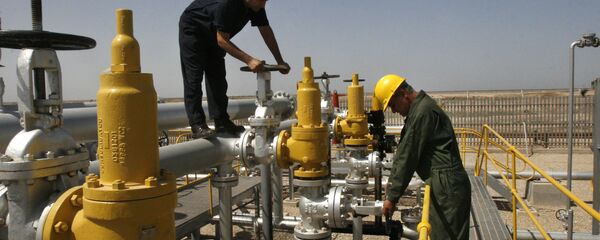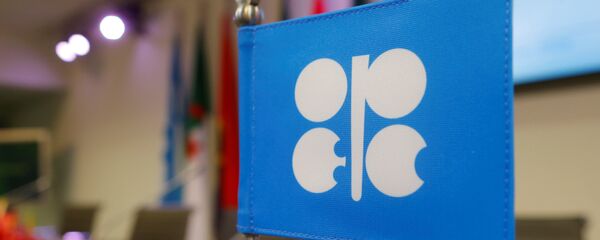US President Donald Trump directed his Secretaries of State, Energy, and the Treasury to significantly reduce the amount of petroleum and petroleum products bought from Iran, according to a memorandum released by the White House on Monday.
"I determine… that there is a sufficient supply of petroleum and petroleum products from countries other than Iran to permit a significant reduction in the volume of petroleum and petroleum products purchased from Iran by or through foreign financial institutions."
However, Iran’s overall exports of oil and condensate are no lower than the average of 6 million barrels per day (m/bpd), with 60 percent of exports designated for Asia and another 40 to Europe, said Pirooz Mousavi, who heads the National Iranian Oil Terminals Company (NIOTC), as cited by PressTV news outlet.
Mousavi, whose NIOTC is tasked with controlling Iran’s oil export facilities, went on to say that Iran currently had no oil stored in its tankers, which means that the Islamic republic goes on selling its oil reserves, with exports as of March 2017-2018 hitting roughly 800 million barrels, IRNA reported.
In his statement he also mentioned Kharg Island, which has recently seen a number of changes made to the oil sales strategy to reach a new oil exports capacity of 8 million barrels of oil and related products combined.
On May 8, Donald Trump announced that the US would pullout from the 2015 nuclear deal between Iran and the P5+1 countries, namely the five permanent member of the United Nations Security Council (China, France, Russia, the United Kingdom and the United States), plus Germany and the European Union.
Separately, Trump states that Washington is intending to reimpose its sanctions against Tehran, most of which had applied before the nuclear agreement, formally known as the Joint Comprehensive Plan of Action (JCPOA), was struck in 2015. The renewal of sanctions is due to take between 90 and 180 days, with the most important limitation reportedly having to do with Iran engaging in financial operations with the US dollar, as well as Iran’s oil sales and other energy-related investments, including those through the Central Bank of Iran.
Shortly after Trump’s pullout announcement, a number of reports by Bank of America Corp suggested that the Iran-related move coupled with a dip in Venezuela’s oil production will lay a heavy burden on global crude oil markets.
"Looking into the next 18 months, we expect global oil supply to demand balances to tighten driven by the ongoing collapse in Venezuelan output. In addition, there are downside risks to Iranian crude oil exports. Plus we see a high likelihood of OPEC working with Russia in 2019 to set a floor on oil prices," analysts wrote in their report.
However they assume that depending on the geopolitical situation in the world, oil prices may reach a staggering $100 per barrel as soon as next year.




